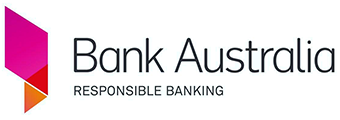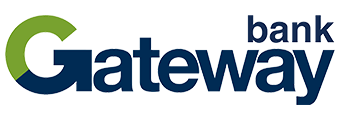Speaking Tuesday to the Economics Committee before the House of Representatives, ACCC Chair Gina Cass-Gottlieb said electricity bills have lifted by an average of $300 since April.
“That is a 25% increase since April for the average household, while small businesses have seen prices lift by $1,500,” Ms Cass-Gottlieb said.
Prices are set to further remain elevated with Alinta Energy Chief Executive Jeff Dimery anticipating a rise of at least another 35% throughout 2023.
“Next year, using the current market prices, tariffs are going up a minimum 35 per cent,” Mr Dimery told the Australian Financial Review Energy and Climate Summit.
Federal Treasurer Jim Chalmers said electricity is going to be the most problematic aspect of Australia’s inflation problem over the course of the next six or nine months.
“If you think about our inflation problem over the next six or nine months, our expectation is that a bigger component of that will be power prices,” Mr Chalmers said.
The latest ABS monthly inflation figures detailed a 'slower' pace of inflation at 6.8%, however excluded 'volatile' essential items such as electricity.
Mr Chalmers said a combination of global factors, extreme weather, and policy failure has meant that electricity prices are going up much faster than Australians would like to see.
“The best way to make energy cheaper, the best way to make electricity cheaper is to provide policy certainty, but also to create the kinds of conditions which will see more investment in cleaner and cheaper and more reliable energy," he said.
See more: Energy saving tips for your home
Qcells partners with Plenti to offer solar finance solution
The finance partnership with fintech lender Plenti, allows homeowners to purchase a Qcells’ battery system, Q.HOME CORE, either as stand-alone product or bundled with Qcells solar panels.
Qcells partnership with Plenti allows customers to pay back the cost of their solar battery system over the course of 10 years.
Qcells Australia General Manager Mick Fell said the energy crisis is resulting in bill shock for consumers, and the global demand for solar means that the price of solar panel and battery systems are unlikely to fall.
“With all of this in mind, the sooner that consumers are able to make the switch to solar with storage, the better – for their wallet and for the planet,” Mr Fell said.
Earlier this year, Plenti partnered with AGL to offer "interest-free" solar and home battery loans to assist those looking to transition to renewables.
Back in June, Suncorp announced the introduction of a Green Upgrades Home Loan product offering eligible Suncorp Bank home loan customers the ability to finance a solar or solar battery system.
See more: How to save on solar energy
Building or buying an energy-efficient home? This table shows some of the lowest interest rates in the market for 'green' home loans.
Lender | |||||||||||||
|---|---|---|---|---|---|---|---|---|---|---|---|---|---|
| Variable | More details | ||||||||||||
loans.com.au – Solar Home Loan P&I <90%
| |||||||||||||
Disclosure | |||||||||||||
loans.com.au – Solar Home Loan P&I <90%
Disclosure
| |||||||||||||
| Variable | N/A | N/A | More details | ||||||||||
Summerland Bank – Eco Home Loan (New Customer) (LVR < 60%) | |||||||||||||
| Variable | More details | ||||||||||||
Bank Australia – Clean Energy Investment Loan - New Build (LVR <90%) | |||||||||||||
| Variable | More details | ||||||||||||
Gateway Bank – Green Plus Home Loans | |||||||||||||
| Variable | More details | ||||||||||||
Reduce Home Loans – Eco Home Loan Variable LVR < 60% | |||||||||||||
| Variable | N/A | N/A | More details | ||||||||||
Summerland Bank – Eco Home Loan (New Customer) (LVR 60%-80%) | |||||||||||||
| Variable | More details | ||||||||||||
Firstmac – Green Basic Home Loan P&I <90% | |||||||||||||
| Variable | More details | ||||||||||||
loans.com.au – Solar Investor Loan P&I <90%
| |||||||||||||
Disclosure | |||||||||||||
loans.com.au – Solar Investor Loan P&I <90%
Disclosure
| |||||||||||||
| Variable | More details | ||||||||||||
Gateway Bank – Green Commercial Property Loan | |||||||||||||
| Variable | More details | ||||||||||||
| FEATURED | loans.com.au – Green Construction Home Loan IO <90%
| ||||||||||||
Disclosure | |||||||||||||
loans.com.au – Green Construction Home Loan IO <90%
Disclosure
| |||||||||||||

- Available for purchase or refinance, min 10% deposit needed to qualify.
- No application, ongoing monthly or annual fees.
- Quick and easy online application process.
First published on October 2022
Image by Saya Kimura via Pexels









 Denise Raward
Denise Raward


 Harrison Astbury
Harrison Astbury


